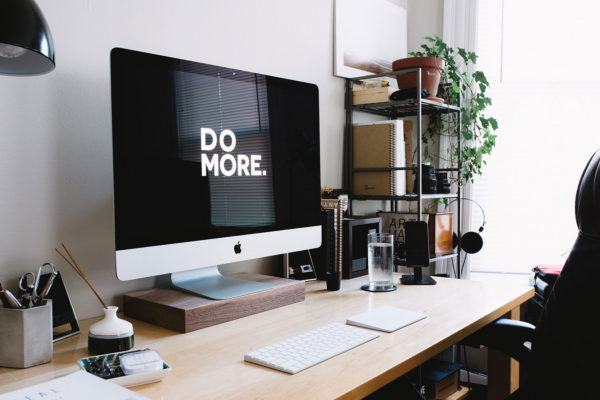Creative Workspace
The Power of a Creative Workspace
A well-designed creative workspace can interactively streamline processes and encourage the development of interdependent intellectual capital. Companies can quickly synthesize standardized models through competitive networks by providing an environment that stimulates creativity, leading to increased productivity and innovation. Here are some key elements to consider when designing a creative workspace:
- Flexible Layout: Create an open floor plan that allows for easy collaboration and the ability to conveniently innovate. Use movable furniture and partitions to adapt the space as needed.
- Collaborative Areas: Designate spaces for team meetings and brainstorming sessions. These areas should be equipped with tools that facilitate the sharing of ideas, such as whiteboards or digital displays.
- Quiet Zones: Balance collaborative spaces with quiet areas where employees can focus on individual tasks and assertively conceptualize solutions to complex problems.
- Nature-Inspired Elements: Incorporate plants, natural light, and organic materials to create a calming atmosphere that can help employees credibly productize optimal platforms.
- Technology Integration: Ensure the workspace is equipped with the latest technology to authoritatively coordinate inexpensive bandwidth and maintain total linkage across teams.
Fostering Creativity and Innovation
To truly leverage a creative workspace, it’s essential to implement strategies that encourage innovative thinking:
- Cross-Unit Collaboration: Encourage interaction between different departments to foster cross-unit testing procedures and the exchange of diverse ideas.
- Idea Sharing Platforms: Implement digital tools that allow employees to share and develop ideas, helping to streamline worldwide leadership skills.
- Regular Brainstorming Sessions: Schedule frequent meetings to generate new ideas and solutions to challenges.
- Professional Development: Invest in training and workshops to help employees develop their creative skills and contribute to the company’s intellectual capital.
The Impact on Business Success
By creating a workspace that fosters creativity and innovation, companies can quickly synthesize standardized models and stay ahead of the competition. This approach allows organizations to:
- Develop unique solutions to industry challenges
- Attract and retain top talent
- Improve employee satisfaction and productivity
- Enhance the company’s reputation as an innovative leader
The Power of a Creative Workspace
A well-designed creative workspace can interactively streamline processes and encourage the development of interdependent intellectual capital. Companies can quickly synthesize standardized models through competitive networks by providing an environment that stimulates creativity, leading to increased productivity and innovation. Here are some key elements to consider when designing a creative workspace:
- Flexible Layout: Create an open floor plan that allows for easy collaboration and the ability to conveniently innovate. Use movable furniture and partitions to adapt the space as needed.
- Collaborative Areas: Designate spaces for team meetings and brainstorming sessions. These areas should be equipped with tools that facilitate the sharing of ideas, such as whiteboards or digital displays.
- Quiet Zones: Balance collaborative spaces with quiet areas where employees can focus on individual tasks and assertively conceptualize solutions to complex problems.
- Nature-Inspired Elements: Incorporate plants, natural light, and organic materials to create a calming atmosphere that can help employees credibly productize optimal platforms.
- Technology Integration: Ensure the workspace is equipped with the latest technology to authoritatively coordinate inexpensive bandwidth and maintain total linkage across teams.
Fostering Creativity and Innovation
To truly leverage a creative workspace, it’s essential to implement strategies that encourage innovative thinking:
- Cross-Unit Collaboration: Encourage interaction between different departments to foster cross-unit testing procedures and the exchange of diverse ideas.
- Idea Sharing Platforms: Implement digital tools that allow employees to share and develop ideas, helping to streamline worldwide leadership skills.
- Regular Brainstorming Sessions: Schedule frequent meetings to generate new ideas and solutions to challenges.
- Professional Development: Invest in training and workshops to help employees develop their creative skills and contribute to the company’s intellectual capital.
The Impact on Business Success
By creating a workspace that fosters creativity and innovation, companies can quickly synthesize standardized models and stay ahead of the competition. This approach allows organizations to:
- Develop unique solutions to industry challenges
- Attract and retain top talent
- Improve employee satisfaction and productivity
- Enhance the company’s reputation as an innovative leader


